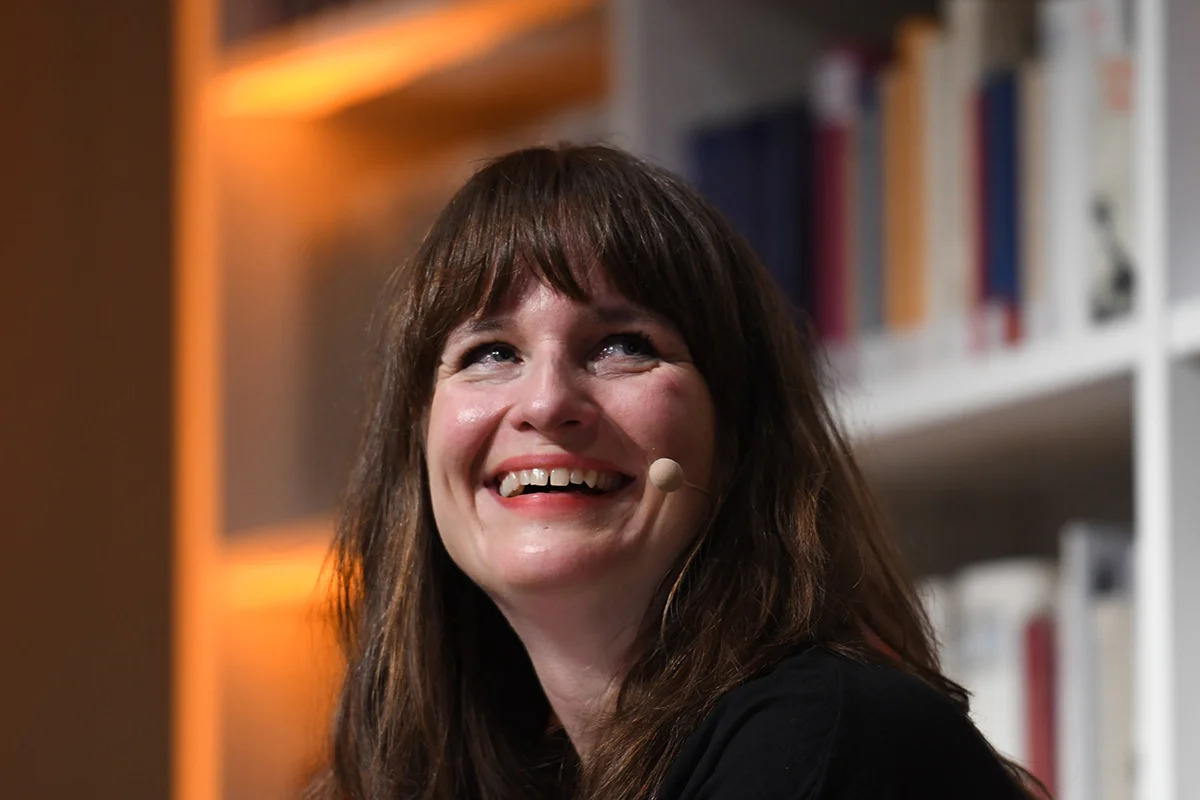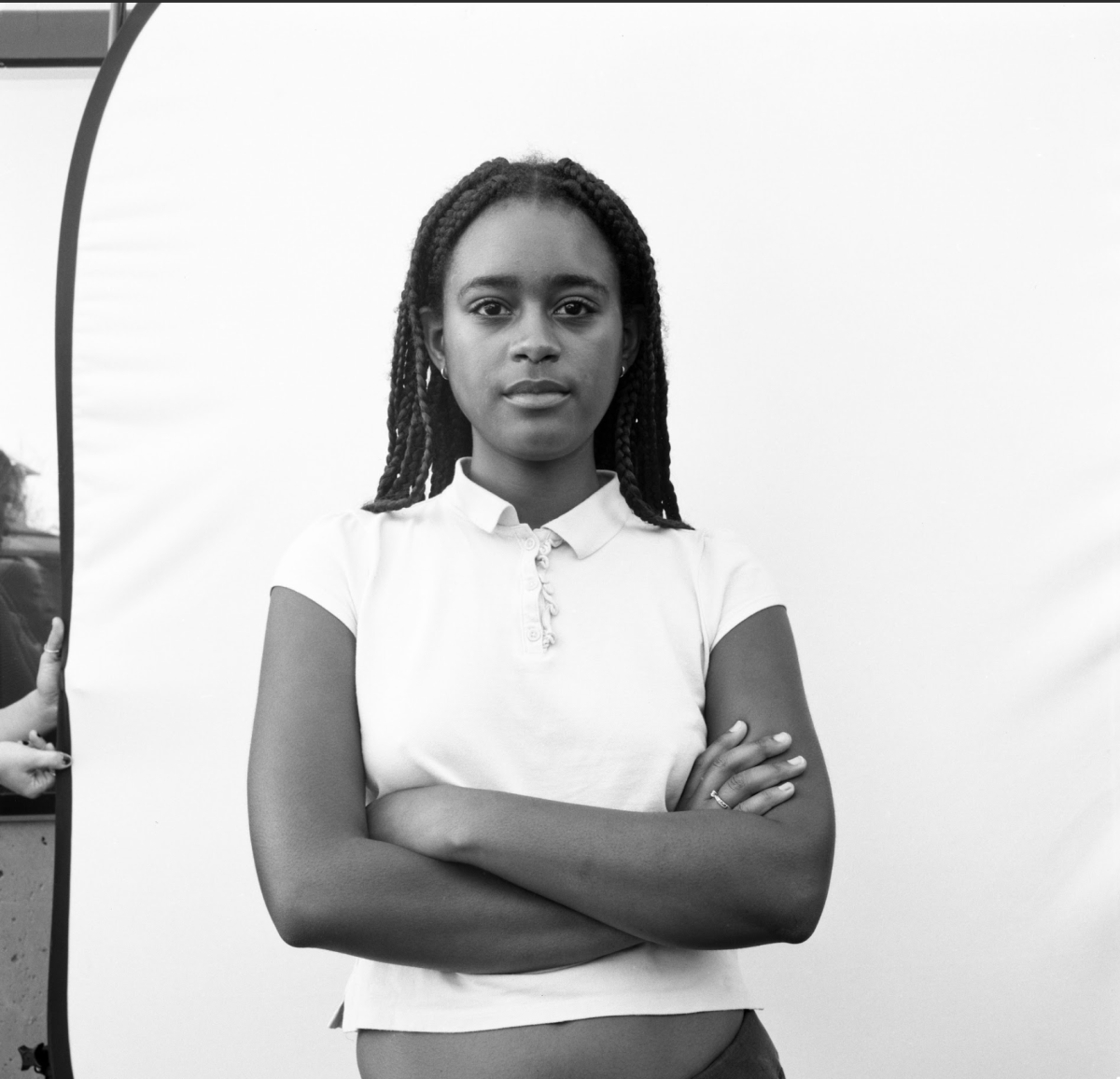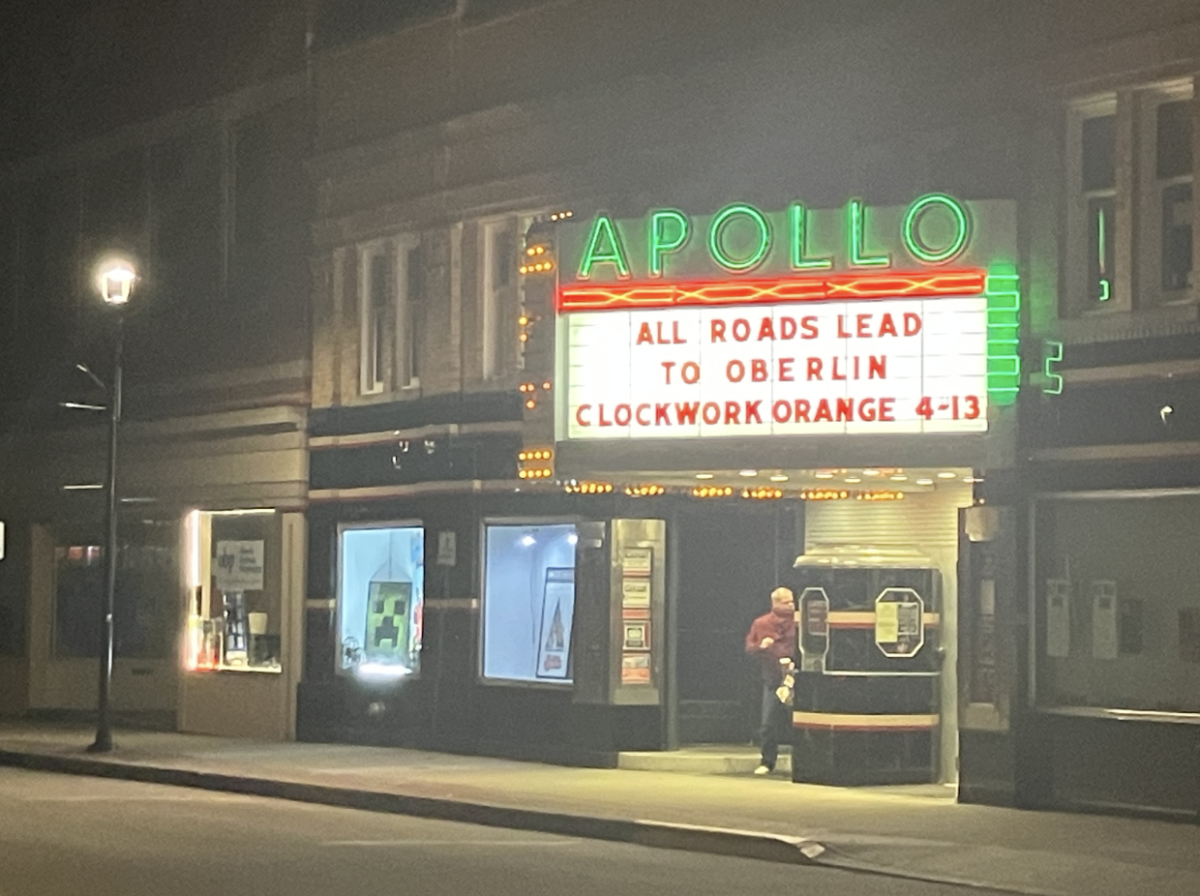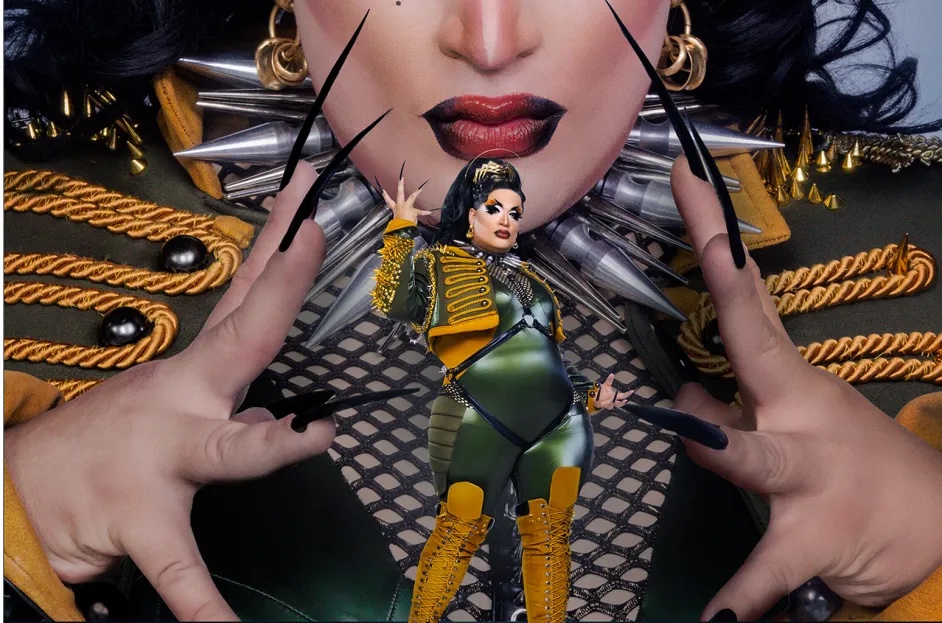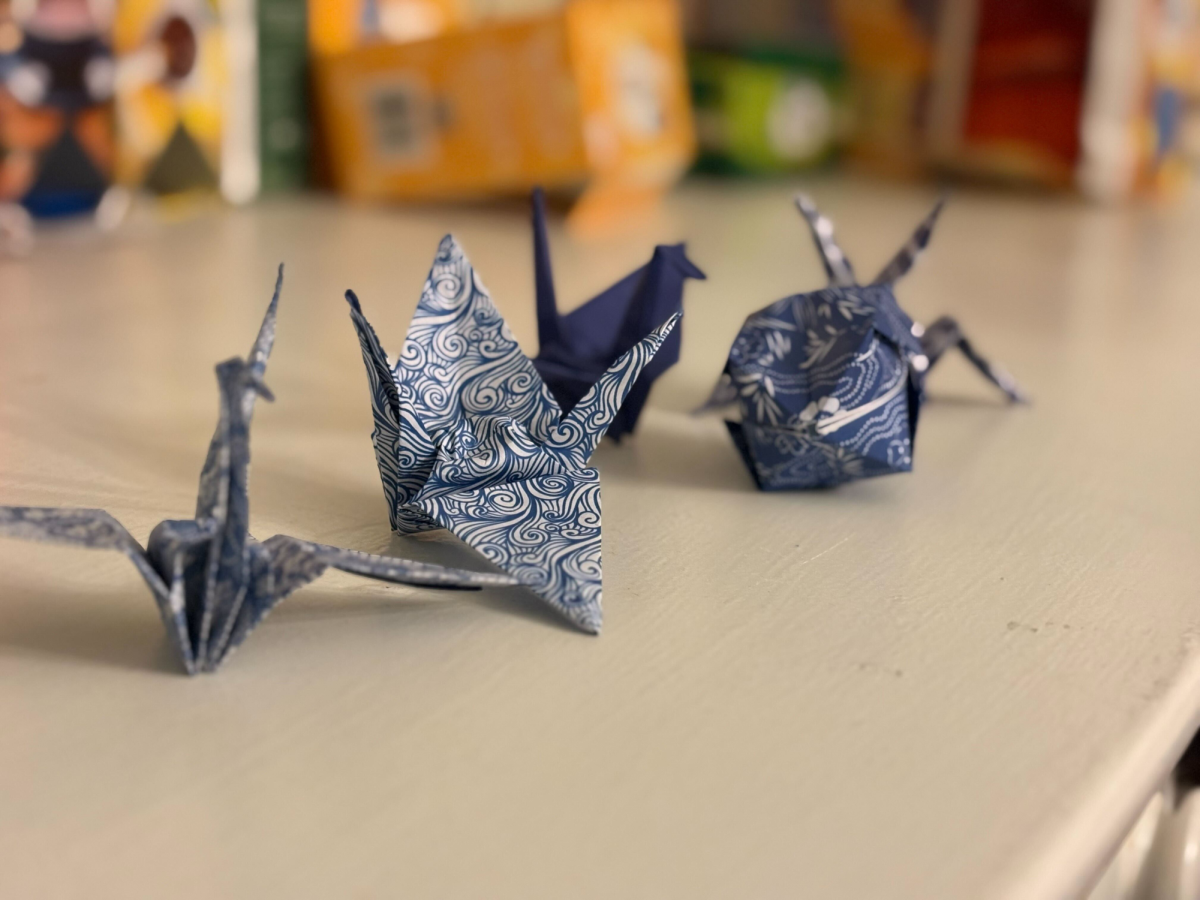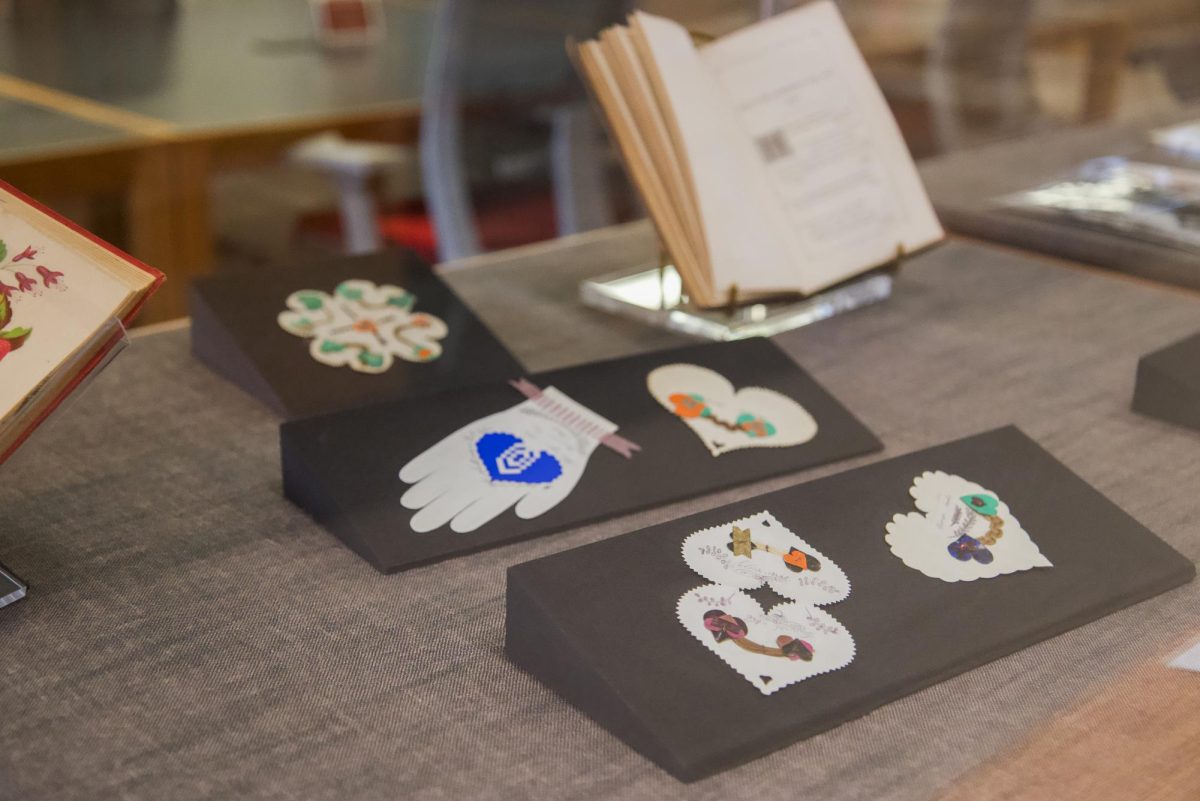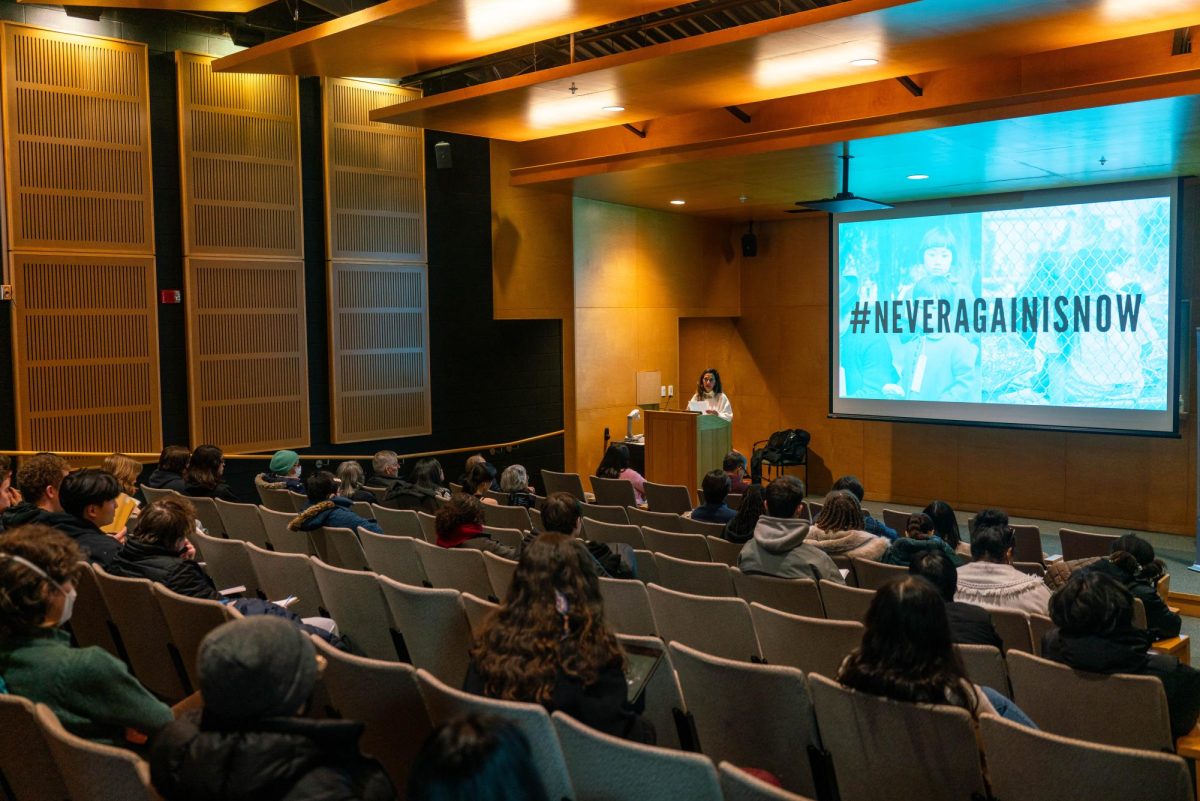Every Monday night for the past six weeks I sketched a self-portrait on a sticky note in a classroom in Peters Hall. To record our attendance, Line Hoven, Oberlin’s 53rd Max Kade Foundation’s German writer-in-residence, required 11 students, including myself, to complete this one-minute assignment at the beginning of each of her lessons for her class The German Graphic Novel: Drawn to Life.
However, before we were exposed to this creative routine, she gave each student a fortune cookie and told them to unwrap theirs and share the German word inside. The word I received was “unerschrockenheit” which can mean “resilient,” “fearless,” or even “reckless.”
I sat down to lunch with her at my co-op Dec. 3 to talk about the trademarks of her teaching at Oberlin and her intentions with this course.
“I wanted every student to have an additional name to their old name that will give them some kind of power to be creative and find their own way,” Hoven said. “It’s not all about, ‘You are that way,’ it’s also something that I wish for people to have a bit of so that it could grow.”
This laid the groundwork for what this course meant to many of the people that took it, including College second-year Ruby Saloom.
“I feel like I was in a creative rut,” Saloom said. “And now I feel like I’m getting back into creativity and learning new ways of paying attention to detail and feeling.”
These new ways of paying attention to detail were aided by the graphic journal Hoven had the class complete each week.
“With the graphic journal I assigned, I wanted my students… to be aware of what you find interesting,” she said. “If you take notes every other day about what you find interesting, what you see, what you smell, what you overheard, you’ll notice a red thread, something that all of them have in common.”
Hoven wants students to consider why they pay attention to certain things and how it relates to their background.
Her goals with the graphic journal were made clear to each student, including College first-year Reid Stephenson.
“I feel like the graphic journal is one of the things that will stick with me,” Stephenson said. “[It’s not] that I’m gonna keep doing the graphic journal, necessarily, but I feel [that] when I look back at the things that I wrote about, it makes me understand more about the way that I look at the world and the things I pay attention to, which is interesting.”
Hoven’s approach to teaching German literature was marked by her artistic background, especially with scratchboard artwork.
“She’s the first [writer in residence] we’ve had who does [graphic novels],” Professor of German Steven Huff said. “We just thought it would really be something special for our students to have her here.”
Huff teaches another German class this semester called After the Ashes, which shares overlap with Hoven’s class populace.
Huff’s class meets on Tuesdays and Thursdays, Hoven’s on Monday evenings. He recalls that the first thing he asked the class that first Tuesday was “How did you like Line Hoven? And how did it go over? Did you enjoy it?” The responses he received were overwhelmingly positive.
“Her personality is just made for Oberlin students,” Huff said.
For German majors, this class is a requirement, but not in a way that feels forced or unwanted. College fourth-year Jacob Rowland spoke to the variety present in each class Hoven put on. For example, each class was different, ranging from “date night” themed to “show-and-tell.”
“Her class and her personality are so open,” Rowland said. “She wants us to bring whatever we want to it. It can be very strange, but she’s just always very excited.”
She assigned us three graphic novels to read, first Kinderland by Mawil, then Abfackeln (Firebugs) by Nino Bulling and, finally, her novel titled Liebe Schaut Weg (Love Looks Away).
“I was hoping for this seminar to reflect on the students’ identity, what they think their identity is made of, how it will maybe change, [and] what they would like it to change into, [which was reflected in] the three parts of this class; childhood, adolescence and love life and gender, and family identity and how that informs our own identity,” Hoven said.
She felt her own identity continue to unravel at Oberlin. In addition to finding parts of herself here, she got to writing her most recent work about ghosts and their shortcomings and began work on a commission for a jazz album cover.
“Something I found out about myself while staying here was that I can only write in public places and especially in a cafe like Slow Train [Cafe],” she told me. “I go there every day now and get a mini salted chocolate chip cookie and a coffee and then I start writing and it’s the only place where it works. I also found out that solitude can be scary.”
While she found solitude to be frightening, she expressed that she was lucky to have a class of students she deeply connected with.
“[It’s like there’s] 11 little volcanoes sitting in front of me who seem to be quiet and then they just [erupt a bit] and something just pops out every once in a while. I [could] tell sometimes, by your self portraits, everyone’s willing to share more and show more. But there’s so much stuff going on, like a volcano, a good volcano, not a bad volcano.”
As a Kade Writer in Residence, she will conduct a reading, talk, and viewing in Kade house, which will take place Sunday Dec. 8 at 5 p.m. She will be reading a text that she wrote for a literature house in Austria and translated by Saloom and College first-year Lilly Beuthin.
Though the course was taught entirely in German, this reading, talk and viewing will be in English (and a bit in German). Non-German speakers should not be dissuaded.
Her talk’s title, in which Huff asked “Line, are you sure?” to which she responded “Yeah,” is “Busy Doin’ Nothing.”
“I think the most important part about being creative is all the time that you spend doing nothing, thinking you’re doing nothing, but you’re actually processing a lot of things,” Hoven said.


